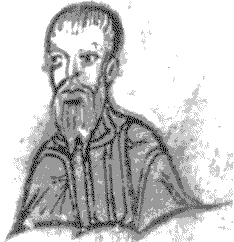Credits
Editor
Joel Kalvesmaki
Advisory Board
Robin Darling Young
Charles M. Stang
Columba Stewart, OSB
About
Updated annually, the Guide to Evagrius Ponticus is an open access,
peer-reviewed publication. Cite it as follows:
Joel Kalvesmaki, ed., Guide to Evagrius Ponticus, 2025 edition (2025),
evagriusponticus.net.
Copyright
The
Guide to Evagrius Ponticus includes, under
Writings, many versions of Evagrius's writings, and only those versions without
license restrictions. This includes a number of texts in Greek, Syriac, and other
ancient languages, drawn from the main text of modern critical editions. In United
States, as elsewhere, courts have followed the general principle that any faithful
reproduction of a public domain work is itself in the public domain (United States:
Bridgeman
v. Corel; France:
Droz
v. Garnier [commentary:
Rouquette,
Pearse]). The main text of a critical edition is not "recast, transformed, or
or adapted" (U.S.C.
17.101) and so is not a derivative or creative work; it remains the
intellectual property of the original creator (in this case, Evagrius or an ancient
translator).
Nevertheless, those critical editions are challenging and expensive to produce and
publish, and they are the only proper way to fully appreciate how the main text
should be understood. Readers should support scholars and publishers by
purchasing copies of the underlying critical editions.
Colophon

